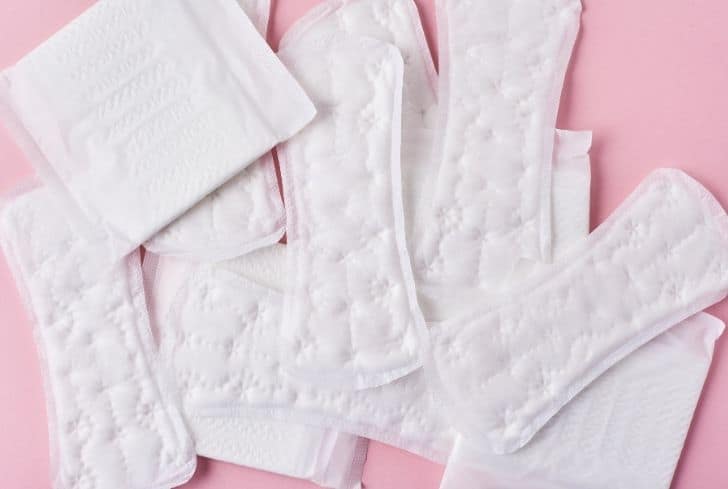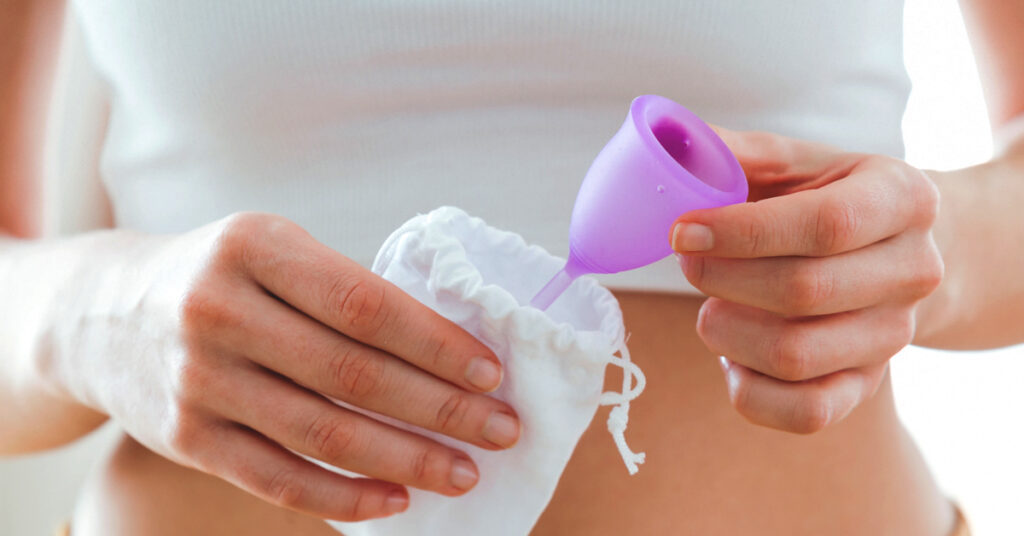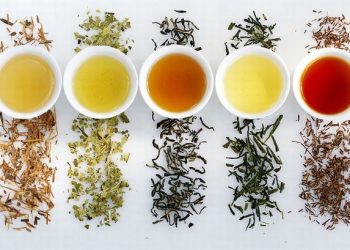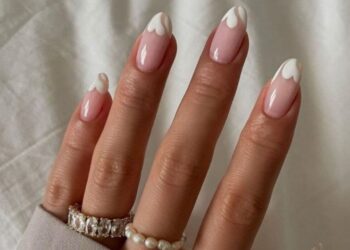RED ALERT! Most of us dread it when our red waterfall starts its monthly flow. Adding to the moist misery are the mood swings, bloating, cravings and all the other roller coaster rides that our hormones trigger. As if that wasn’t enough, we now have to deal with the issue of finding the correct sanitary product.
There are not one, not two, but three different products to choose from (not including period undies!). Pads, tampons and cups allow you to go about your day without getting blood on your clothes or linens during your period. But which is the best option? Here’s a comparison, weighing the pros and cons of each, to help you decide the best sanitary product to assist you when you get your monthly “visit”.
Sanitary Pads

Good old pads. Sanitary pads, often known as sanitary napkins or menstrual pads, are among the oldest, most durable and widely used type of feminine hygiene products. They’re available in a variety of lengths, absorbency levels, shapes, and sizes, as well as smells! Women frequently prefer pads on light-flow days or when they are spotting in between periods.
Pros:
- No need for a painful insertion – nothing to insert. Just stick them on your panties and you’re good to go.
- Minimal or no staining – Pads are the safest option because they generate very little or no leaking! However, if you don’t wear suitable underwear that can keep it in place, you can end up with some staining.
- Hygienic – One of the key advantages of pads is that they do not cause any vaginal syndromes or illnesses. To avoid bacterial infection, make sure to change your pad at least 2-3 times every day.
Cons:
- Can’t do many activities – Unlike tampons and menstrual cups, wearing pads restricts you from certain activities.
- Impacts the environment – Most pads are non-biodegradable. Which means, they are not safe for the environment.
- Causes vaginal infection/discomfort – It is a must to change your pads often. If you don’t, you might be dealing with vaginal infections soon.
Tampons

The most popular menstrual product is the small, cylindrical cotton pad that nestles within your vaginal opening. It is available in a variety of sizes and absorbencies to accommodate periods, ranging from light to heavy. Tampons are the most popular form of feminine protection among younger women, since they provide them with more physical freedom during their periods. If you’re using tampons, change them every four to eight hours and choose the least absorbent type to control your menstrual flow.
Pros:
- Minimal leakage – Heavy flow? No worries! Tampons can absorb blood before it has a chance to escape your vaginal canal. You won’t have to deal with period blood stains on your underwear very often.
- Easy to store – Tampons are so compact that they may be taken anywhere. They’re small enough to fit in any bag or pocket and make life easier, especially if you’re the shy type.
- Can’t really feel them – If worn properly, you can almost not feel tampons down there.
Cons:
- Discomfort – For first timers, this might seem like a uneasy thing. Inserting them can be difficult, and some women experience discomfort or pain while doing so. But once you get the hang of it, the discomfort fades away.
- Hard to pee – Tampons are technically in your vaginal area, yet they will not restrict your urethra in any manner. However, a full tampon that hasn’t been changed may press against your vaginal wall, making your pee stream thinner. Not a problem – but still gross!
Menstrual Cup

Menstrual cups have become a trend these days. It is a bell-shaped object that is inserted into the vagina canal. Pretty much like a cup to hold all the blood. Menstrual cups are reusable and they can last about 10 years, if used and cared for in a proper way. Most people see the menstrual cup as an eco-friendly product. Menstrual cups are a good choice if you want to reduce plastic waste and avoid using non-recyclable and non-biodegradable pads and tampons. But still, like other menstrual sanitary products, it has its pros and cons.
Pros:
- Chemical- free – Compared to pads and tampons, menstrual cups contain no bleaches, chemicals, or fibre, making them a safer option. Medical-grade materials such as silicone, rubber, and latex are used to create the cups, which are soft, malleable, sterile and easy to clean.
- No constant changing – This is probably the best part. About 30 ml of blood can be collected in the cup. As a result, you won’t need to replace them as frequently as you would with pads or tampons.
- Sex approved –The first few inches of the vagina are mostly blood-free because the cup catches blood immediately. This means you can still have a good time with your lover without it becoming a ‘bloody’ mess!
Cons:
- Difficult insertion – Inserting a menstrual cup can be more challenging for some women than tampons. The good news is that the cups are composed of a soft, flexible material that won’t hurt. It only takes a little practice, and with the correct knowledge, it may be effortlessly incorporated.
- Hassle to clean – Unlike pads and tampons, menstrual cups are reusable. But the cleaning part is a bit of a hassle. Since it’s used for an intimate area, you need to sterilise it after every change to avoid infections. Plus, washing it with harsh chemicals or soaps is not recommended as this can cause harm to the vagina.
Now, the big question. WHICH IS THE BEST?
To be honest, there isn’t a clear winner, because each hygienic item has its own set of advantages and disadvantages. It’s best to pick a sanitary product that meets your specific demands and preferences. There’s no right or wrong in this matter. Regardless of which product you use, maintaining personal cleanliness is critical to reducing the risk of bacterial and fungal infection. The ultimate goal is to feel relaxed and at ease as your body does its monthly duties.
More on menstruation? Read this:
When Your Skin Is The Most Breakout-Prone Within Your Menstruation Cycle










